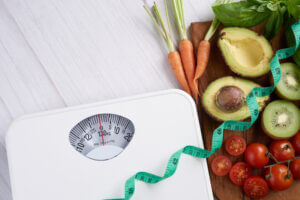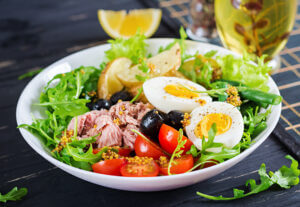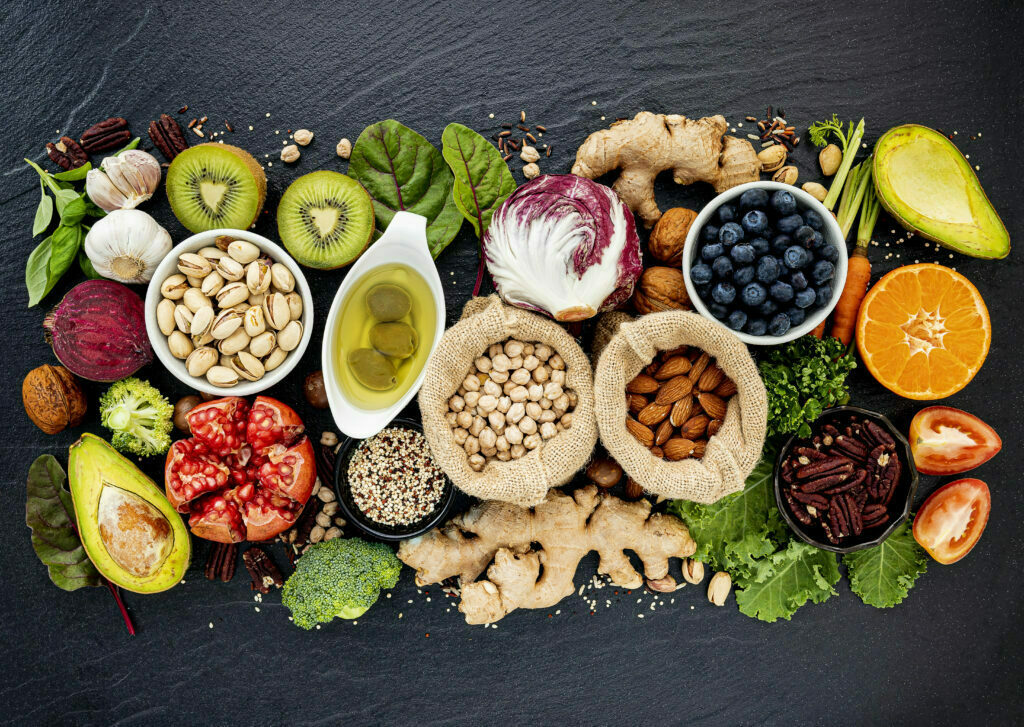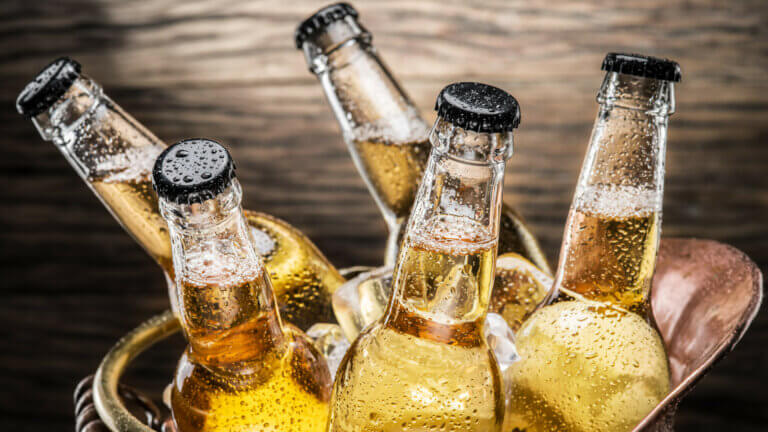If the inevitable onset of feeling hangry on a diet really isn’t your bag, then the volumetrics diet may be just the plan you’ve been waiting for. Eating more to lose weight may sound counterintuitive but by focusing on high-volume, low-calorie foods, this diet has capitalized on exactly that.
Consistently hailed as one of the most sustainable long-term diet plans in 2022, the volumetrics diet exploits caloric density to promote satiety, by breaking foods down into a scale of four categories based on their calorific density by weight. This common sense approach promotes eating greater quantities of foods that are naturally dense in water, fiber, and lean protein meaning nutrients are high and digestion is slow, making you feel fuller for longer.

Calorie counting, weighing food, and being restrictive are replaced by filling up with healthy foods to organically shift the body’s energy expenditure into a calorie deficit. Losing weight whilst feeling full? Dream-town!
Sounding too good to be true? There’s always a compromise, and with the volumetrics plan if you’re not shy of dunking a spoon straight into a jar of peanut butter you may struggle. Despite having a whole host of health benefits, fats are naturally higher in calories so don’t fall into the category of low-calorie dense foods. Although not completely banned, even unsaturated fats like avocado, oily fish, and seeds and nuts are limited. This may in turn, negatively affect hormone production and nutrient absorption.

If the calorie comparison snaps of a bowl of raw spinach versus a donut resonates with you, you enjoy salads and broccoli, and don’t salivate at clips of yolk porn, we’re pretty confident we’ve found your diet wifey-for-lifey. If, however, you have a palate for fatty foods or have found success with a more keto-based nutritional regimen in the past, a high volume low calorie diet might not be for you.
Revealed: The Diets of Pros






